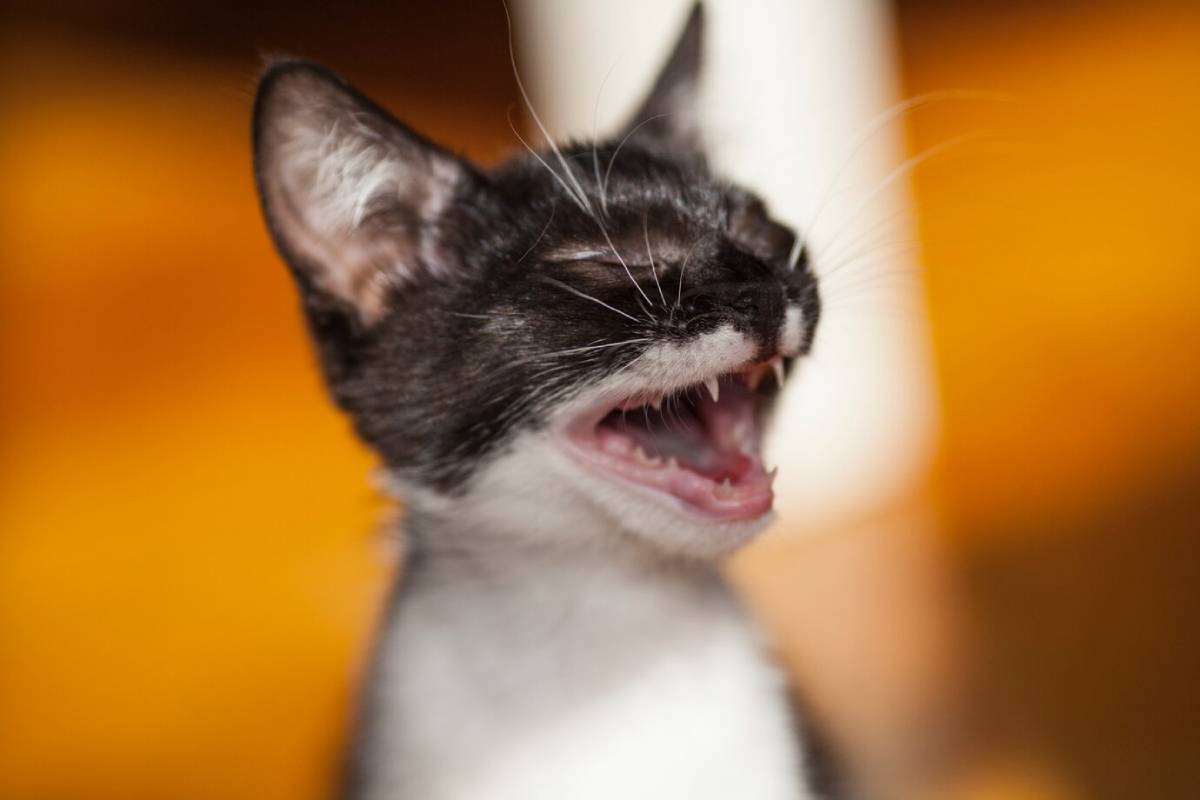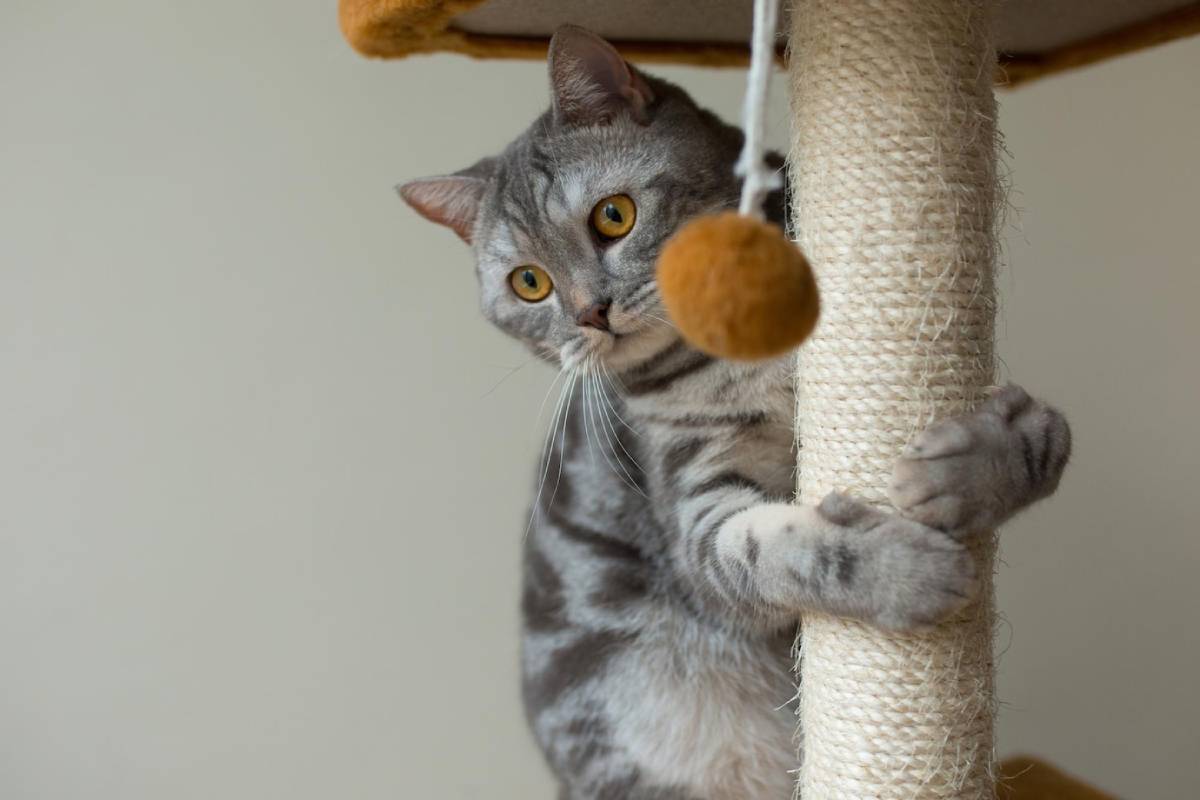
Addressing Separation Anxiety in Pets: Causes and Solutions
Separation anxiety isn’t just something dogs experience. Many pets, including cats, can feel significant stress when left alone. Dogs may bark, chew, or pace. Cats show anxiety more subtly. They might vocalise, overgroom, or withdraw. Knowing what leads to separation anxiety and how to tackle it can greatly boost your pet’s emotional well-being. This is especially true when creating a safe and stimulating indoor environment for your cat.
If you’re back at the office after working from home or have adopted a new pet from a shelter, it’s key to spot signs of stress. Then, take steps to build a calm and balanced routine. A cat-friendly home with thoughtful interaction, stimulation, and structure can go a long way in reducing anxiety.
Understanding Separation Anxiety in Pets
Separation anxiety refers to the distress pets experience when separated from their owners. It can occur in any age group and is especially common in animals that have:
- Been rehomed or adopted
- Experienced past trauma or neglect
- Bonded very closely with one specific person
- Had little exposure to being alone
Cats are often stereotyped as aloof, but many form deep emotional attachments. Disruptions to their routine or prolonged absences can trigger anxiety-related behaviours.
Common Signs of Separation Anxiety in Cats

- Excessive meowing or yowling when you leave or return
- Destructive behaviour (scratching doors, knocking over items)
- Changes in eating or litter box habits
- Overgrooming or hair loss
- Hiding more than usual
- Following you from room to room
These behaviours and body languages are often mistaken for mischief or moodiness but are really signs of emotional distress.
Creating a Secure Indoor Cat Environment
Because cats spend most or all of their lives indoors, building an environment that supports their independence and emotional wellbeing is key to reducing anxiety. A stimulating, cat-friendly home allows your cat to feel safe and engaged—even when you’re away.
Essentials of a Supportive Indoor Space

- Safe hiding spots: Cats need places to retreat when they feel anxious. Provide hideaways like cardboard boxes, cat caves, or covered beds.
- Perches and vertical spaces: Cat trees, shelves, and window hammocks offer vantage points and help cats feel in control of their surroundings.
- Resting areas: Quiet, undisturbed spots where your cat can nap or relax help create a calm atmosphere.
- Consistent feeding and litter areas: Predictability builds security—keep bowls and litter trays in stable, low-traffic locations.
By creating a predictable and safe indoor world, your cat is better equipped to cope with time spent alone.
Enriching Cat Spaces to Combat Boredom
Boredom is a major trigger for separation-related anxiety. When left alone in a dull environment, pets become restless and may resort to attention-seeking or destructive behaviours. Enriching cat spaces helps redirect energy and occupy your cat’s mind.
Try:
- Interactive toys: Puzzle feeders, treat balls, or battery-operated prey toys simulate hunting behaviour.
- Window views: A perch near a window with birds or squirrels outside creates endless visual entertainment.
- Rotating toys: Change out toys every few days to keep things novel.
- Cat-safe plants: Cat grass or catnip plants offer sensory stimulation and comfort.
- Background sounds: Soft music or a TV left on low volume can provide soothing background noise.
These small adjustments can significantly reduce feelings of isolation.
Routines and Rituals That Reduce Stress
Cats are creatures of habit. A predictable routine reassures them that their needs will be met—even when you’re not around.
Helpful habits include:

- Feeding at the same time each day: Set mealtimes to build a sense of stability.
- Play before leaving: A short, energetic play session helps burn off anxiety.
- Calm exits and entries: Avoid dramatic goodbyes or enthusiastic hellos; keep your energy relaxed to model calm behaviour.
- Leave a scent: An unwashed T-shirt or a favourite blanket can provide comfort when you’re away.
Establishing these patterns teaches your pet that alone time is normal and temporary.
Gradual Desensitisation to Time Alone
If your cat panics when you leave, work on gradually increasing their tolerance for being alone.
Start with:
- Short absences (leaving the room for a few minutes)
- Practice routines like picking up your keys or putting on shoes without leaving
- Use treats and toys to reward calm behaviour when you return
- Slowly extend the amount of time you’re away
This builds your cat’s confidence and reduces the anxiety associated with your departure.
Professional Support and Calming Aids
For pets with severe separation anxiety, consider:
- Pheromone diffusers or sprays: Products like Feliway mimic natural calming scents
- Nutritional supplements: Some natural remedies support relaxation (consult your vet first)
- Veterinary support: In some cases, anxiety medication may be recommended
- Pet sitters or companions: Some cats benefit from interaction while you’re away
- Certified behaviourists: A feline behaviourist can offer tailored strategies
Support from professionals ensures that your approach matches your pet’s needs and avoids unintentional reinforcement of anxious behaviours.
Supporting Multi-Pet Households
If you have more than one pet, separation anxiety can sometimes be eased by companionship—but it’s not a guaranteed solution.
Tips for multi-pet homes:
- Make sure each pet has its own space and resources
- Monitor interactions to ensure one pet isn’t causing stress to another
- Offer joint enrichment like group play or shared window perches (if well tolerated)
- Give individual attention to avoid jealousy or competition
In some cases, introducing a new pet can increase stress, so always prioritise the needs of your current pet first.
Final Thoughts: Calm Confidence for Every Companion
Separation anxiety is challenging, but it’s also manageable. With the right environment, a consistent routine, and meaningful engagement, you can help your pet feel secure—even when you’re apart.
Preparing your home to be cat-friendly goes beyond just decor. It’s about understanding your cat’s needs and creating a space that enriches their lives. It’s about recognising your pet’s emotional world and responding with love, patience, and understanding.
Your presence is their greatest comfort, but with your support, they can learn to feel calm and content even when you’re not there.


